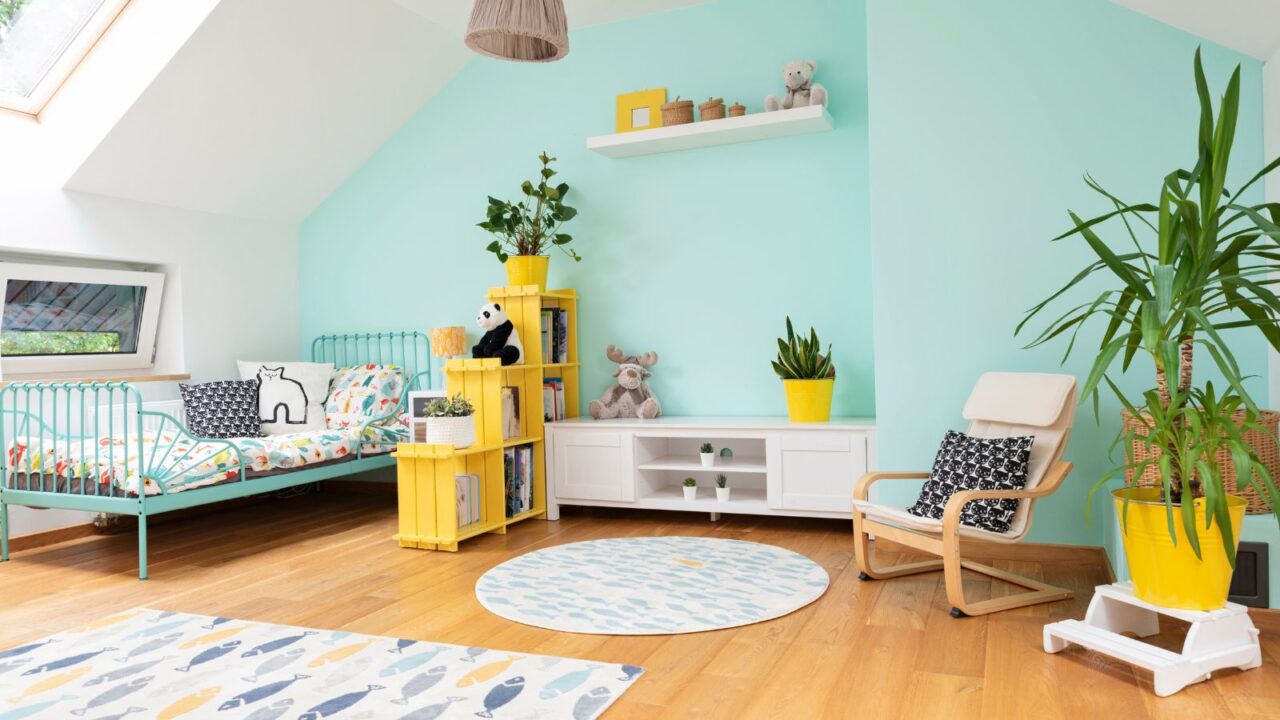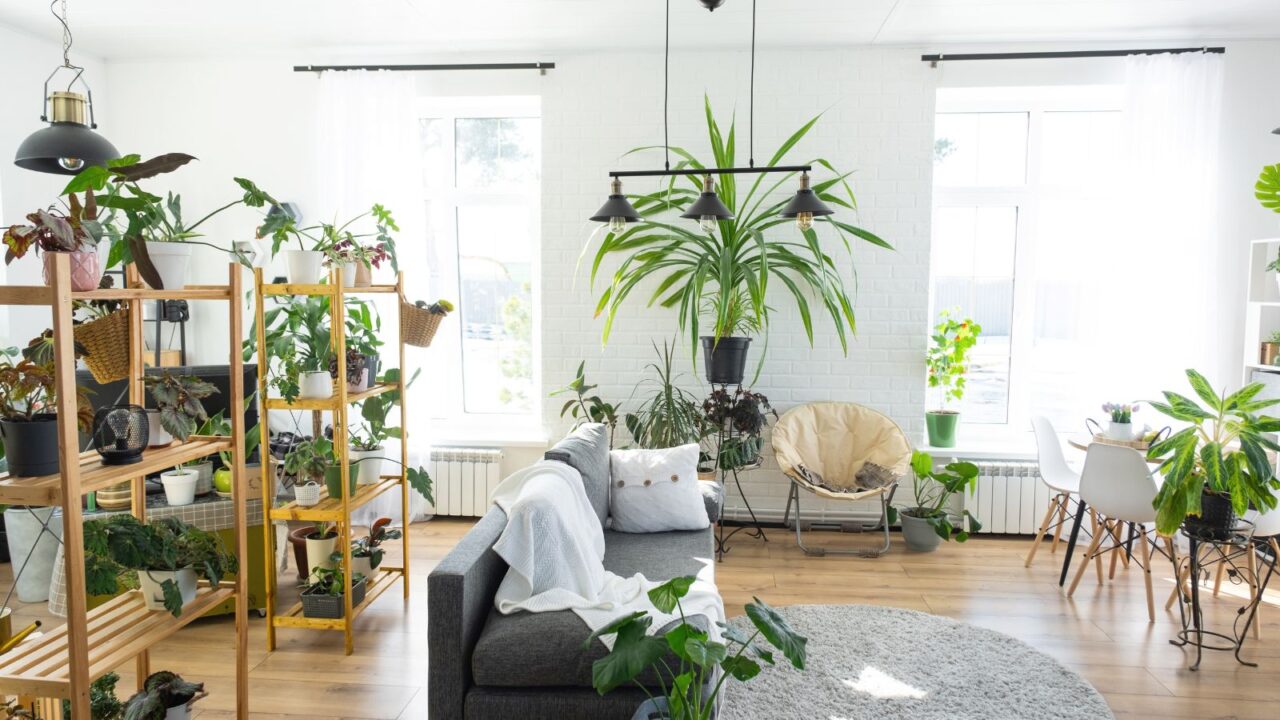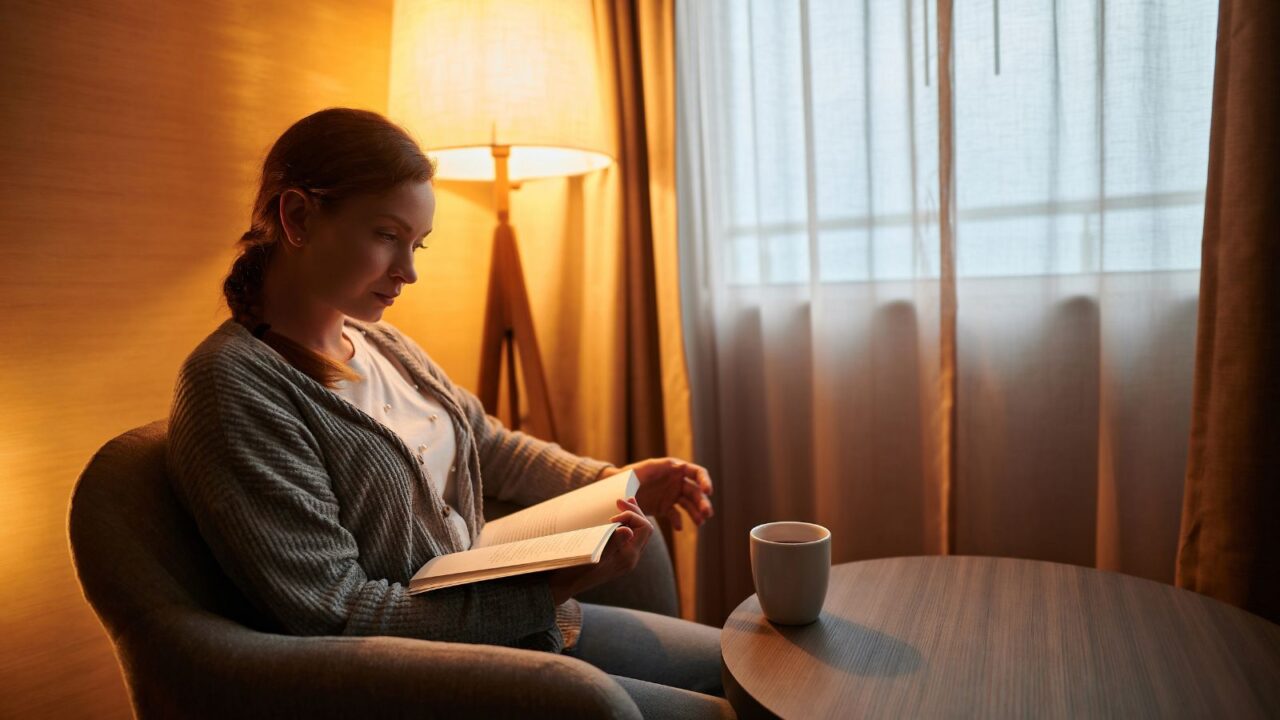
Why Your Space Matters
Creating a “home that heals” is more than just decor; it’s about creating an environment that promotes calm, comfort, and mental well-being.
Studies show that our surroundings greatly impact our mood and stress levels. An intentional space can make a world of difference.
Think of your home as a place you love to come back to after work. A space to recharge, find peace, and feel safe.
Swipe to explore practical ways to transform your space into a peaceful sanctuary.

Natural Light
Exposure to natural light can help improve mood and energy levels. If possible, position furniture near windows to maximize sunlight.
For rooms without natural light, try full-spectrum light bulbs that mimic daylight. Consider adding a back lawn as an extension to your living room.
If your budget allows, think about retractable glass walls. Even just adding potted plants or a small vertical garden indoors can make a huge difference.

Calming Colors
Colors can impact our emotions in subtle but powerful ways. While everyone’s preferences vary, soft, neutral tones like blues, greens, and beiges are commonly associated with calmness and relaxation.
Psychologists suggest that cool colors can lower stress and promote focus, which may be ideal if your home is your relaxation spot or workspace.
Experiment with accent colors that make you feel good. Try different cool shades in different rooms to see which one works best for you.

Declutter Mindfully
Physical clutter can overwhelm our minds and make it harder to focus. Declutter your space mindfully by focusing on keeping only items that bring you comfort or serve a purpose.
Try organizing items in storage boxes, baskets, and functional containers, or create a “keep or release” area where you store items to decide on later. These small changes can be the first step toward calming your mind and improving your focus.

Bring Nature Indoors
Plants have been shown to reduce stress and promote happiness. Interacting with plants can reduce psychological and physiological stress.
Choose low-maintenance houseplants like snake plants, pothos, or spider plants. Try placing a few in your bedroom, living room, or kitchen to improve indoor air quality.
Nature has a grounding effect, and even a few small plants can add vitality and calm to your space.

Cozy Retreat
If redecorating the entire home feels overwhelming, try focusing on just one cozy corner that can be a safe space to retreat and relax.
A designated space for rest encourages our bodies and minds to embrace relaxation more fully. Use a window corner, add comfortable seating, and include some plants.
Make it yours by adding things you love, whether that’s your favorite book, a cup of tea, or calming essential oils.

Personal Touches
Your home should feel like you. Display items that carry positive memories, like photos, artwork, or cherished mementos.
Positive reminders can enhance feelings of self-worth and comfort. Remember, you don’t have to fill every wall or surface; a few meaningful items can make a significant difference in helping you feel grounded and connected.

Use Scent
Certain scents can have a calming effect on the mind and body. Lavender, eucalyptus, and chamomile are known for their soothing qualities, while citrus scents like lemon and orange can boost energy.
Incorporating essential oils, candles, or diffusers into your space can help create a more relaxing atmosphere.
Just be mindful of choosing non-toxic products, especially if you’re sensitive to scents.

Ambient Sounds
Sound can transform a space as much as sight. If you are not a music person or noise bothers you, try adding white noise or natural sounds to mask outside distractions. For instance, sounds like ocean waves or birdsong can reduce stress and improve focus.
You can use apps or small sound machines to create a soundscape that brings a sense of calm and steadiness to your environment.

Soft Textures and Materials
The way a space feels physically can influence our emotional state. Textures like soft blankets, plush rugs, and warm wood tones offer warmth and comfort. They can ease tension and promote a sense of safety.
For a comforting touch, think cozy textiles like velvet, chenille, or faux fur. While materials like cotton, wool, linen, and jute offer a grounding feel. Throws, poufs, and rugs in chunky knit or woven textures are both tactile and visually soothing.

Set Up Spaces for Movement
Physical activity is a proven mood booster. No matter what exercise you do, make it a part of your daily routine. Daily exercise releases endorphins that alleviate stress and anxiety.
Designating a small area where you can stretch, do yoga, or even just breathe deeply can help you avoid procrastination or excuses. Create a small setup with a mat and a bit of open space.
Having a dedicated space makes it easier to commit to a daily exercise routine.

Social Spaces for Connection
How do you feel about creating space that encourages more human connection?
Your home is your safe sanctuary, but making it available and inviting for friends and family is also beneficial. Healthy human connections are super important for better mental health.
If you’re comfortable with it, have a seating area where friends or family can gather. Think about a few comfortable chairs or cushions in the living room. Or add a small bistro table and chairs in the dining area for lunch and dinner gatherings.

Try Minimalistic Decorating
Less can truly be more, especially for mental peace. Minimalist decorating with essential items can create a sense of clarity and calm.
The key is to find a balance that resonates with you, eliminating what doesn’t serve you and keeping what does.
A thoughtfully simplified space often feels more comforting, allowing you to relax without feeling visually overwhelmed.

Heal Through Paint
Art therapy can help you process emotions and improve overall psychological health.
Designate an “art corner” in your home, equipped with all the necessary supplies like paints, brushes, canvases, and drawing materials.
Set aside time on weekends to gather, experiment, and create art without the pressure of perfection. Try paint-pouring or abstract art techniques to create free-flowing art pieces.

Tech-Free Zone
In today’s digital world, unplugging can be a challenge, but it’s vital for mental rest. Create a tech-free area in your home where you can relax without distractions.
Frequent breaks from screens can help reduce anxiety and improve sleep. Whether it’s your bedroom or a small corner in your living room, make it a place where you can engage with your thoughts, a book, or simply enjoy some quiet time.
For more inspiration, check out Create A Zen Inspired Tech Detox Room.

Optimize Your Bedroom for Sleep
Quality sleep is crucial for mental health, and your bedroom should encourage it. Keep your room cool, dark, and quiet for optimal rest.
Invest in blackout curtains, a comfortable mattress, and a calming bedtime routine to ensure you get the best possible rest. Furthermore, good sleep hygiene can provide the energy to navigate daily challenges.
Better sleep ultimately contributes to overall well-being. Creating Smart Bedrooms for Better Sleep and Comfort is also a great idea to use technology to enhance your sleep environment.